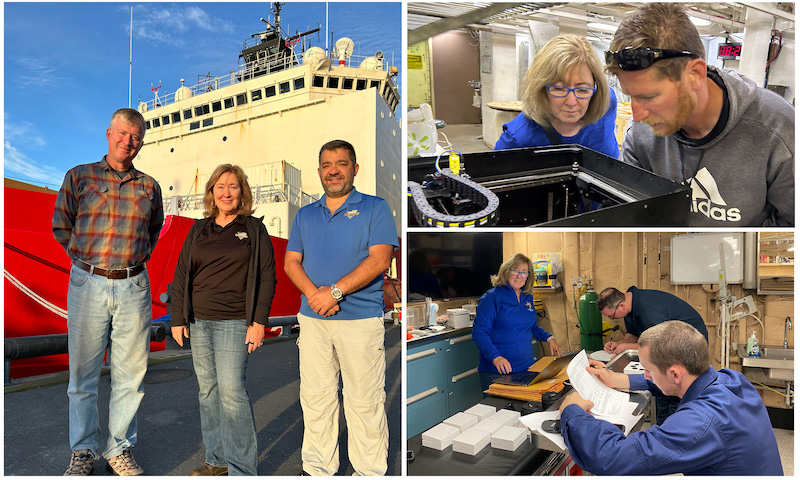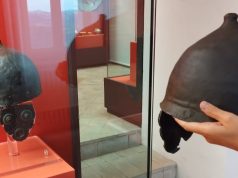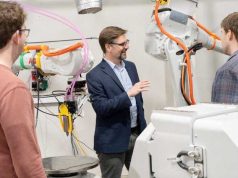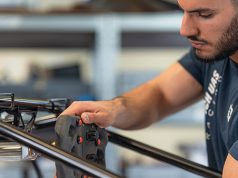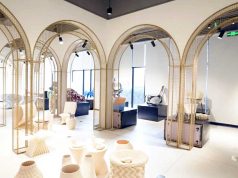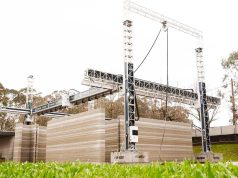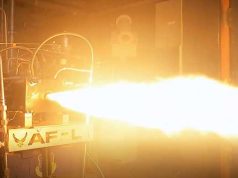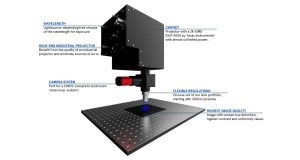During a seven-week expedition to the Arctic, researchers from the Naval Postgraduate School are testing a 3D printer on the US icebreaker Healy under extreme conditions. In addition to the print quality, the performance of the operators under the adverse conditions will also be examined. The results should provide insight into how well additive manufacturing can be used in such challenging conditions at sea.
Dr. Nita Shattuck, principal investigator and professor at NPS, is leading the studies. Conditions on board range from near-constant daylight to extreme cold, making it a challenge for the crew.
“Operations at extreme latitudes are incredibly challenging for crewmembers of both Coast Guard and U.S. Navy ships,” said Shattuck. “The conditions faced by Coast Guardsmen on the Healy make it especially difficult to achieve healthy sleep. Icebreaking and isolation pose additional risks.”
Her team will collect physiological data such as heart rate and crew sleep patterns to make recommendations for improved conditions on board.
The Defense Innovation Unit (DIU) has been instrumental in providing technological equipment for the research projects. A specially equipped Amos01 3D printer with data acquisition system was installed to analyze print quality in the unique conditions of the sea.
“We have nearly 20 research projects on board ranging from Arctic environmental studies to tests of novel international search and rescue technologies, supported by researchers with equally diverse backgrounds and expertise,” said Regan. “It’s great to have NPS aboard, and Dr. Shattuck’s research is unique in that it is the only project working with the Healy’s crew to understand the direct impacts of the Arctic environment on crew performance, and how changes to daily routines and technologies can enhance overall effectiveness and safety. This research is deeply relevant to the U.S. Coast Guard as we work to ensure our crews can operate at their peak performance and sharpen our competitive edge.”
“These technologies are invaluable and give us the ability to continually monitor sleep and other physiological indicators of health for prolonged periods,” Shattuck said. “The results will allow us to provide recommendations for improving shipboard habitability and enhance warfighter readiness.”
According to Shattuck, the data collected has significance not only for the Coast Guard, but also for the future design and operation of U.S. Navy ships. The work builds on Shattuck’s previous research, which has already led to significant changes in the way work is organized on ships.
“Better sleep is linked to improvements in memory, alertness, concentration, performance, and positive emotions,” Shattuck says. “Chronic poor sleep practices can lead to an inability to sleep normally, also called circadian scarring. While we can train our service members in procedures, tactics, and even how to cope with stress, our warfighters require quality sleep to maintain peak effectiveness for various tasks.”
Especially in remote or contested areas where supply chains are limited, additive manufacturing could play a crucial role. Data from the 3D printer will be correlated with crew physiological data to provide a comprehensive picture of the effects of sea state and other factors not only on machinery, but also on people.
“We are using the CAMRE 3D printer data to correlate with our physiological data. Ship’s motion and vibration are recorded by the system, which is crucial for our research,” said Shattuck. “It’s a good example of how NPS researchers from completely different fields collaborate in complementary and innovative ways on solutions for the sea services.”
The research aboard USCGC Healy represents an interdisciplinary approach that examines both human factors and technological challenges in extreme conditions. The findings could significantly impact operational efficiency and safety in future naval operations in the Arctic. Additive manufacturing processes are emerging here as a promising option for use in adverse conditions.
Subscribe to our Newsletter
3DPresso is a weekly newsletter that links to the most exciting global stories from the 3D printing and additive manufacturing industry.



